
A few years ago, I realized that daylight has a different sound than night does. Not the usual distinctions, like birdsong, crickets, traffic. When the sun rises, I hear a difference in the world. A tone, very subtle, with more vibrance in sunlight than the velvety sound of night.
I haven’t found an explanation for this. I wasn’t aware of it in my childhood, in a home of five noisy children getting ready for school. Or in my many years of getting up via alarm clock to get my son and I started on our days.
But, once I had the leisure of waking up on my time, in a quiet place, I could hear the difference. It both delights and mystifies me. I love the idea that the universe has its own music, available to us if we quiet ourselves enough to hear it.

When I went to Alaska, I heard there was a place in Fairbanks called The Place Where You Go to Listen. In that room, music reflects a constant stream of information from seismic shifts, geomagnetic changes, and the flow of time and weather. I instantly decided to go. I hadn’t even planned on including Fairbanks in the trip until then.
The Place Where You Go to Listen is named for Naaliagiagvik, on the Arctic Ocean. It’s home to a legend about an Inupiaq woman who went there to listen to Earth. She could hear her through birds, whales, water, wind.
It’s a small room in the Museum of the North, on the grounds of the University of Alaska. On one wall are five glass panels, glowing with light, whose depth and color depend on the time of day. There’s a bench in the middle of the room. From all around you comes the music of the world, composed by John Luther Adams.
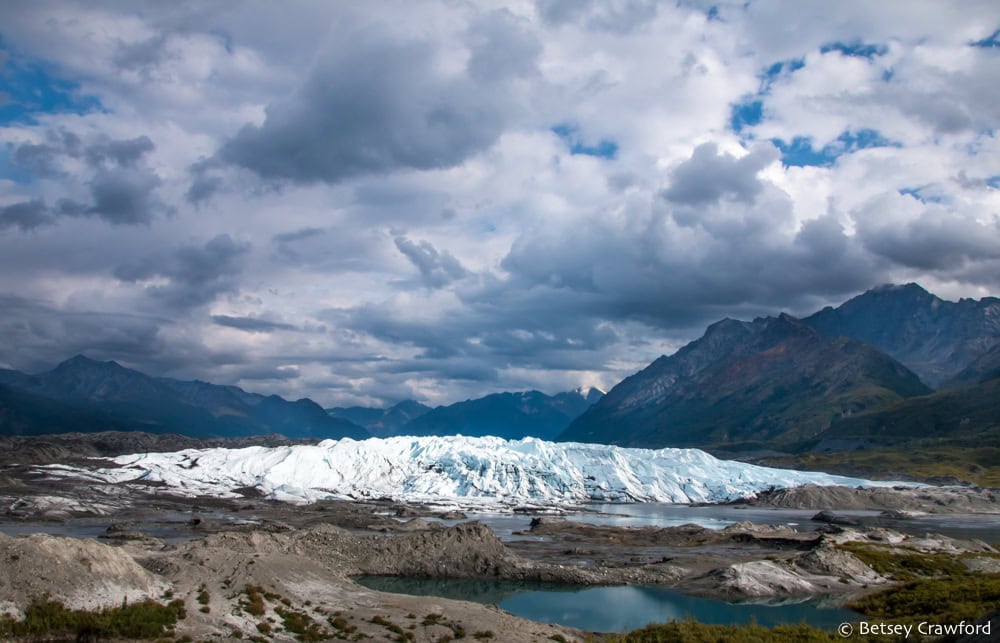
Because I went in the well-lit evening of an Alaskan August, the panels were yellow and blue, and unchanging. What I was listening to changed along a range of vibrant, light tones, the Daylight Choir. Infinitely more vivid than the tiny change I hear, it was startlingly lovely to listen to.
Underneath the daylight music are resonant bass tones, and these do change, minute by minute, with seismic activity in the earth. There were no earthquakes while I was there. But the bass swelled and ebbed as the world below me went about the business of being Earth.
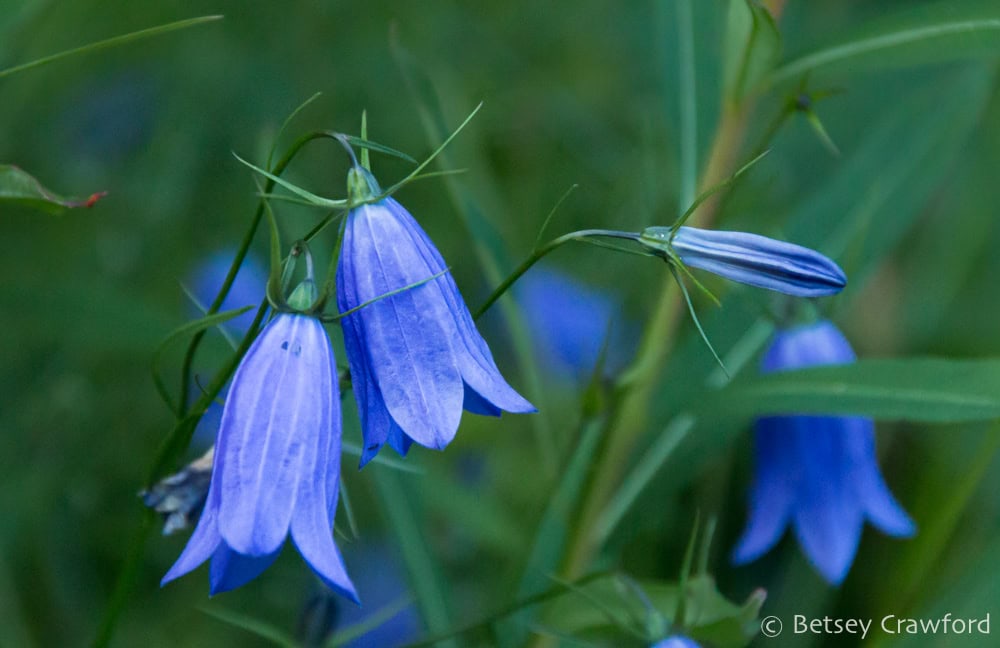
At times, the sound was powerful enough to make the features in the walls — speakers, vents, frames — vibrate into noise themselves. The aurora borealis, invisible in the daylight, was just strong enough to send occasional, delicate bell tones across the ceiling.
I was unspeakably thrilled with all this. Alone, I lay down on the bench, my head on my folded sweater, and gave myself to the singing of Earth. It lulled me into a trance. The swelling bass would occasionally lure me out of it, then settle me back as the sound calmed. It was one of the most profound meditations I’ve ever experienced.
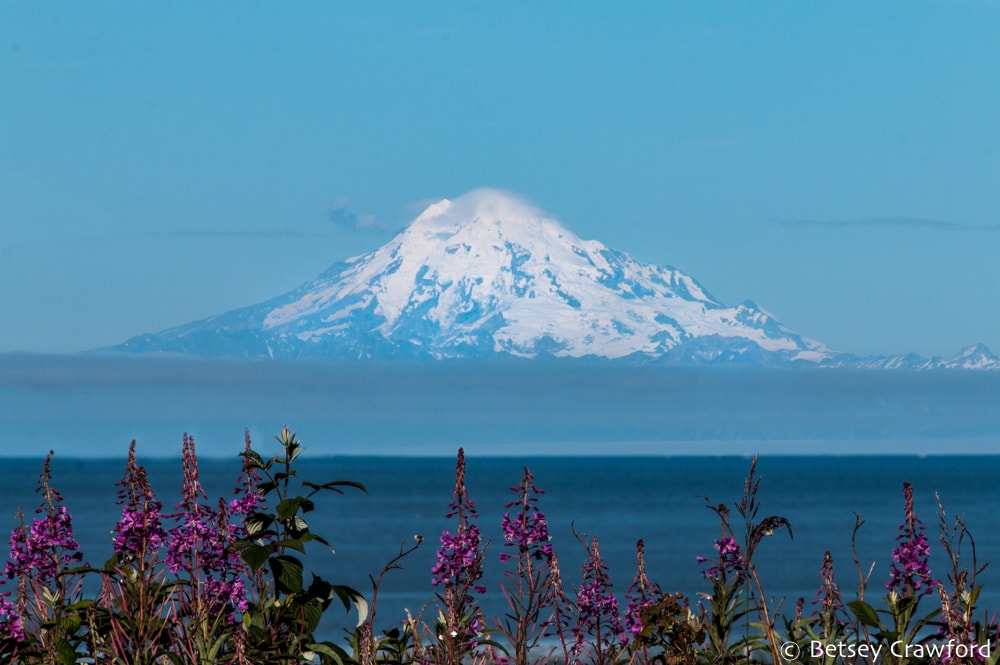
What made it so moving wasn’t just the beauty of the tones Adams chose to convey the glittering daylight. It was also the effect of the living Earth on the music itself. I could listen as the subtlest of moves under my back changed the resonance around me.
There are lots of wonderful sounds on the earth’s surface: thunder, rain, crickets, birdsong, rushing water, wild wind, the icy whisper of snow. But this was the planet itself swelling our human notes in real time. This is the grace of the best of art. It can take apart the texture of life and piece it back together in ways that change our perceptions forever.
I loved it. I stayed a long time, often alone, sometimes not. At the end, a young couple joined me. Shortly after I left, the woman came out and we talked about our experience.

She had just graduated from art school and had come from Oregon to be in that room. “I’d heard that there was a place in Fairbanks where you could hear the world breathe,” she said. So she and two companions drove up in an old VW bus.
Lying in that room, I was spellbound by the shifting music of daylight. By the sonorous sounds of the ground deep under me, recording its stretching, contracting, breathing, living. It was so clear that we and the earth around and under us are one. That we grew out of its waters, rocks, and mud, are gifts of its nourishing plants.
This is the great blessing, and challenge, of hearing Earth breathe. To know she’s alive, a being in her own right. Her seas and mountains, forests and plains. The surrounding atmosphere and the great plates floating over her surface. The unfathomable depths. All are manifestations of the same creative energy that brings everything into being. This isn’t a planet we are on, it’s the planet that we are.
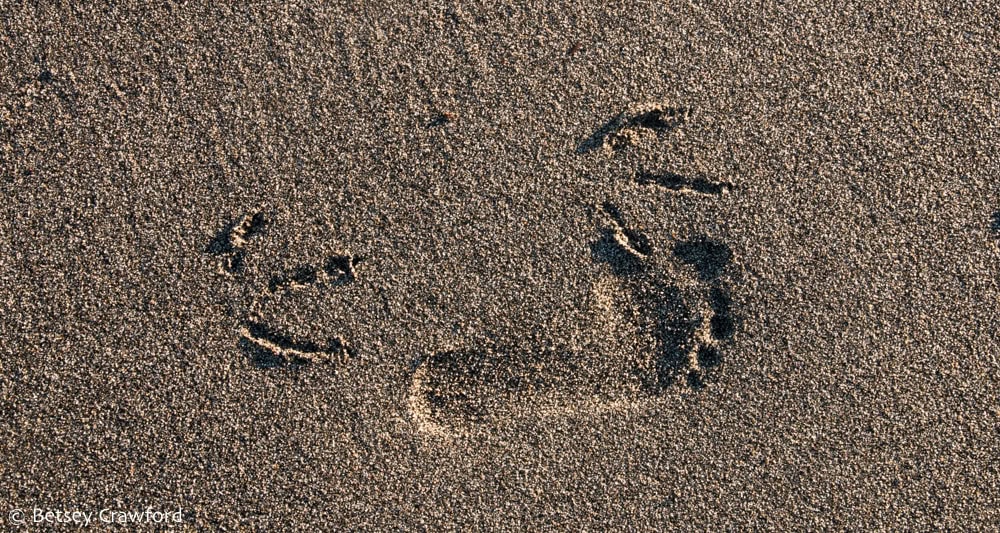
~ RELATED POSTS ~

My title is poet Mary Oliver’s instructions for living a life. Guidance I am willing to follow! After a June of wildflowers, I am celebrating astonishment, beauty, and living in those transcendent states.
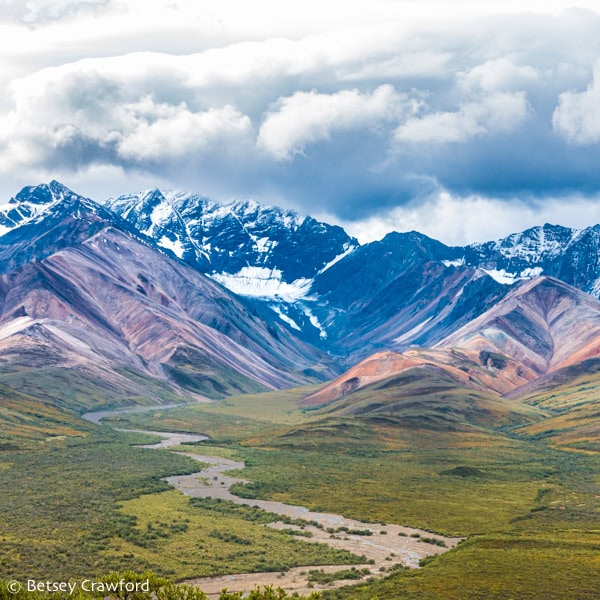
Denali is about knowing, as we build and pave, that there are places left for life to go on as if humans were not rushing to dominate the rest of the planet. It is a place where the heart of the world can beat undisturbed. That is what makes it so important.

THE INTIMATE BOND: HUMANS AND DIRT
Although dirt is one of the most crucial — and threatened — systems on our planet, it doesn’t have a reputation for excitement. Until we see our bare feet standing on dirt and realize we are looking at different aspects of the same cosmic elements.
Oh, wonderful… Just wonderful…
Do you remember a holiday card I made years ago? It was a drawing of a fox – or maybe a cat– sitting, with her back to us, at night, in a snowfall. It said, “In the silence, prick your ears, And hear the music of the spheres.” Hadn’t thought of it for ages, until just now… (Thought that was pretty damned cool back then; still don’t think it’s too bad…)
There’s a wonderful French expression I’ve always loved: “aux aguets”… Literally, it means “watchful,” but it REALLY means that completely cellularly alive and vibrating alertness of the motionless fox in the forest, every cell and whisker tuned to receive…
Why don’t we all, always, have a place where we go to listen? MLAA…
How wonderful to just listen- with the ears, with the body, with every subtle fiber of our being until we are listening to our Self- the listener and the object recognized as one. Love it- that that place exists and that you were there to be part of it.
I love the idea that listening to the world — and especially with our whole body — is the way to listen to the Self.